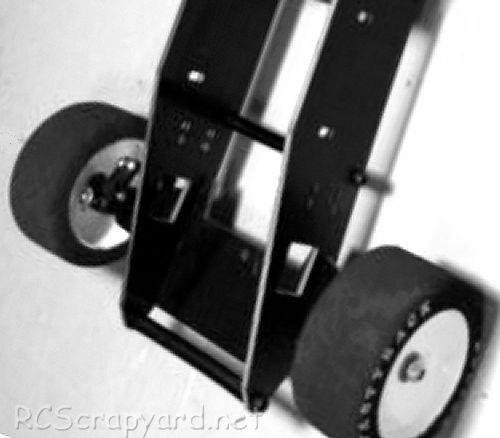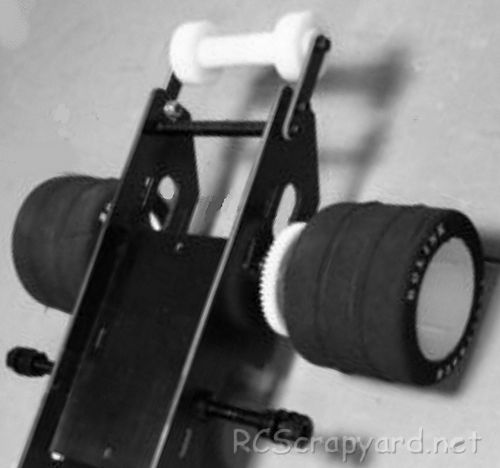

|
|
|


|
|
1/10 Scale Electric Rally/Touring Car:
Bolink Hot Rodz - BL-1344 - Radio Controlled ModelHistory and Info:
Introduced by Bolink circa 1999, the 2WD Hot Rodz was available in three kit options: Coop - # BL-1344-C, C-Dan - # BL-1344-S and Truk-R - # BL-1344-T.
▼ Scroll Down for More Images ▼
|








|
|
|

★ Bolink Hot Rodz Chassis ★

★ Bolink Hot Rodz Chassis ★

|
Buying a Used Bolink Hot Rodz
|
|
Manufacturers and Brands Catalogued, Listed and Reviewed by RC-Scrapyard.
At present, the RC Model Manufacturers, Brands and Distributors covered by us are: ABC Hobby, Academy, Acme Racing, Agama Racing, Amewi, Ansmann Racing, ARRMA, Team Associated, Atomic RC, Axial, AYK, Bolink, BSD Racing, Capricorn, Carisma, Carson, Caster Racing, Cen, Corally, Custom Works, Durango, Duratrax, ECX - Electrix, Exceed RC, FG Modellsport, FS-Racing, FTX, Fujimi, Gmade, GS-Racing, Harm, HBX, Helion, Heng Long, Himoto Racing, Hirobo, Hitari, Hobao, Hong-Nor, Hot Bodies, HPI, HSP, Intech, Integy, Jamara, JQ Products, Kawada, Kyosho, Losi, LRP, Maisto, Mardave, Marui, Maverick, MCD Racing, Megatech, Mugen, New Bright, Nichimo, Nikko, Nkok, Ofna, Pro-Pulse, Protech, PTI, RC4WD, Redcat Racing, RJ-Speed, Robitronic, Schumacher, Seben, Serpent, Smartech, Sportwerks, Step-Up, Tamiya, Team-C Racing, Team Magic, Thunder Tiger, Tomy, Top Racing, Traxxas, Trinity, Tyco, Vaterra RC, Venom, VRX Racing, WLToys, X-Factory, Xmods, Xpress, Xray, XTM, Yankee RC, Yokomo, ZD Racing and Zipzaps. |
|
Hints, Tips and Information Rechargeable Batteries
|
|
Hints, Tips and Information
On Road Tires for Tarmac
Modern day RC Model Rubber Tires for tarmac racing, generally come in wide or narrow format and in three compounds - Soft, Medium and Hard, each compound corresponding to different track temperatures. |
|
RC Models:
|
Radio & Motors: |
Other
Accessories: |